Do you have a question about the DURKOPP ADLER 559 and is the answer not in the manual?
| Brand | DURKOPP ADLER |
|---|---|
| Model | 559 |
| Category | Sewing Machine |
| Language | English |
Provides fundamental information and important considerations for adjustments.
Details the required settings on the control panel for buttonhole functions.
Outlines procedures for setting critical locking positions for machine components.
Explains the general principles behind adjusting locking positions.
Describes how to adjust the eccentrics for the hook and spreader mechanisms.
Details the procedure for setting the rotary thread take-up disc.
Explains how to adjust the throw eccentric for proper machine function.
Covers the correct positioning of the needle bar for optimal sewing.
Guides on how to align the hook support accurately.
Describes the process of ensuring the needle bar is parallel to the hook support.
Details the adjustment for the side-to-side movement of the fabric support plate.
Explains how to adjust the forward and backward movement of the fabric support plate.
Covers adjustments related to the clamping plates used for fabric.
Specific instructions for inserting and checking the clamping plates.
Procedures for ensuring the clamping plates are correctly aligned.
Details how to adjust the spreading mechanism of the fabric clamps.
Covers the adjustment of the vertical height of the fabric clamps.
Instructions for setting the locking sheet for the clamping plates.
Explains how to secure or arrest the clamping plates properly.
Details how to set the correct pressure for clamping the fabric.
Covers the process of setting the desired seam width for sewing.
Steps for setting the seam width to narrow or wide options.
Describes how to set the needle's zero position for accurate stitching.
Procedures related to the cutting knife and its function.
Details how to set the correct position of the cutting knife.
Steps to ensure the cutting knife is parallel to the cutting block.
Covers the adjustment of the cutting block for precise cutting.
How to adjust the pressure applied by the cutting mechanism.
Setting the time duration for the cutting operation.
Procedure for checking and adjusting the hook height.
Details on how to adjust the looping stroke of the needle bar.
Covers the adjustment of the needle bar's vertical position.
How to set the correct clearance between the hook and needle.
Adjustment of the needle guard for protection.
Procedures for adjusting the spreader mechanism.
Details on adjusting the spreader plate.
Covers the adjustment and positioning of the throat plate.
How to adjust the knife that cuts the needle thread.
Procedures for adjusting the fabric clamps.
Adjustment of the spring that controls thread tension.
Information on daily, weekly, and periodic maintenance tasks.
Additional information, including adjustments without head cover and fuses.
Details about fuses located in the control box.
Information on how to exchange the machine's control unit.
Overview of the technician-level service menu for adjustments and tests.
Steps to access the service menu using a code.
How to navigate and select options within the service menu.
Description of the multitest function for input/output checks.
How to exit the service menu and return to the main menu.
A comprehensive list of available menu items and their descriptions.
Details on configuring the automatic buttonholer parameters.
Setting the loading position for the sewing process.
Adjusting the throw width parameter for the mechanism.
Setting up the thread monitoring function to detect breakages.
Configuring the duration for the cutting block operation.
Selecting or entering the type of sewing equipment being used.
Settings related to the operational configuration of the machine.
Configuring the function of the push button controls.
Adjusting the brightness level of the sewing lamp.
Setting the brightness level for the control panel display.
Controlling the keyboard signal on/off or setting its duration.
Accessing the multitest functions for diagnostics.
Performing output tests on various machine components.
Manually testing individual input elements of the machine.
Automatically checking the function of all input elements.
Testing the sewing motor and adjusting its speed.
Checking the function of the machine's step motors.
Testing the read-only memory and flash memory.
Checking the working memory (RAM) for errors.
Initiating a reference run for machine setup.
Testing switching order of valves and component alignment.
Ascertaining cycle time from sewing start to loading position.
Ascertaining cycle time from sewing start to clamp open.
List of error codes, their descriptions, and remedies.
Guide to diagnosing and resolving common faults and issues.

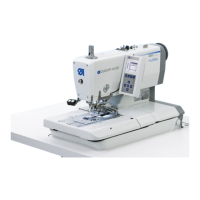
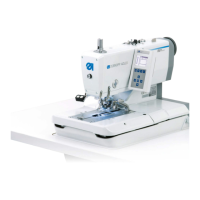
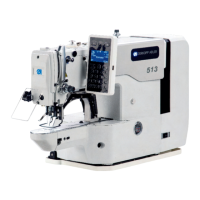


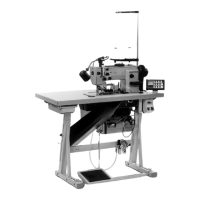
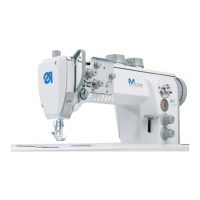

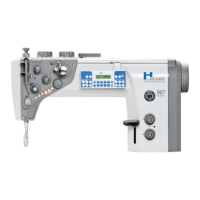

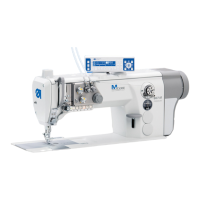
